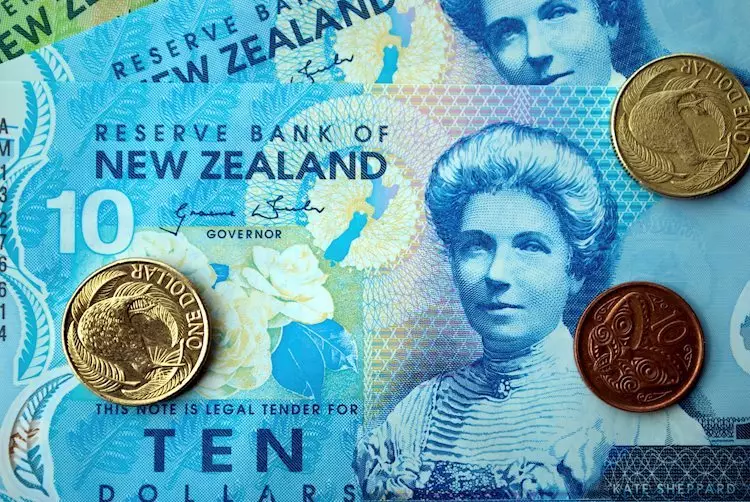The NZD/USD pair has been gaining momentum, reaching as high as 0.6280 in the early Asian session, marking its highest level since January 4. This uptick in the New Zealand Dollar (NZD) can be attributed to the recent surge in New Zealand’s Business confidence. According to the ANZ Business Outlook Survey, business confidence in New Zealand soared to its highest level in a decade. The headline confidence measure rose to 51.0 in August, with the expected own activity measure hitting a seven-year high of 37.0. ANZ chief economist Sharon Zollner expressed optimism, stating that the survey results “showed a flurry of optimism.” This positive sentiment has bolstered the Kiwi against the US Dollar (USD).
The Federal Reserve (Fed) has been hinting at potential rate cuts in the near future, with Fed Chair Jerome Powell indicating readiness to lower interest rates. Minneapolis Fed Neel Kashkari also mentioned the appropriateness of discussing rate cuts as early as September due to a weakening labor market. These dovish comments were echoed by other Fed officials, including the Presidents of the St. Louis Fed and the Atlanta Fed. The expectation of rate cuts by the Fed has put downward pressure on the Greenback, further supporting the strength of the NZD.
On Thursday, the second estimate of US Q2 GDP growth numbers will be closely watched. The US economy is expected to grow by 2.8%, and a stronger-than-expected outcome could potentially lift the USD and limit the upside for NZD/USD. It will be interesting to see how the GDP numbers impact the currency pair’s movement in the coming sessions.
The value of the New Zealand Dollar (NZD), also known as the Kiwi, is largely determined by the health of the New Zealand economy and the country’s central bank policy. However, there are other unique factors that can influence the movement of the Kiwi. The performance of the Chinese economy plays a significant role in shaping NZD movement, as China is New Zealand’s largest trading partner. Any negative developments in the Chinese economy could impact New Zealand’s exports and subsequently weaken the Kiwi. Additionally, dairy prices have a direct impact on NZD, as the dairy industry is a major export of New Zealand. High dairy prices can boost export income, contributing positively to the economy and strengthening the NZD.
The Reserve Bank of New Zealand (RBNZ) aims to maintain an inflation rate between 1% and 3% over the medium term, with a focus on keeping it near the 2% mid-point. The bank uses interest rates to achieve this target – raising rates when inflation is high and lowering rates when it’s low. Higher interest rates can attract foreign investment, bolstering the NZD, while lower rates typically lead to a weaker Kiwi. Moreover, the rate differential between New Zealand and the US Federal Reserve plays a crucial role in shaping the NZD/USD pair’s movement.
Macroeconomic data releases in New Zealand are key indicators of the country’s economic health and can influence the valuation of the NZD. A strong economy with high growth, low unemployment, and high confidence is favorable for the NZD, attracting foreign investment and potentially leading to rate hikes by the RBNZ. Conversely, weak economic data could lead to a depreciation of the Kiwi. Additionally, the NZD tends to strengthen during risk-on periods, when investors are optimistic about growth and market risks are perceived to be low. On the other hand, the NZD may weaken during times of market turbulence or economic uncertainty, as investors seek refuge in safe-haven assets.

